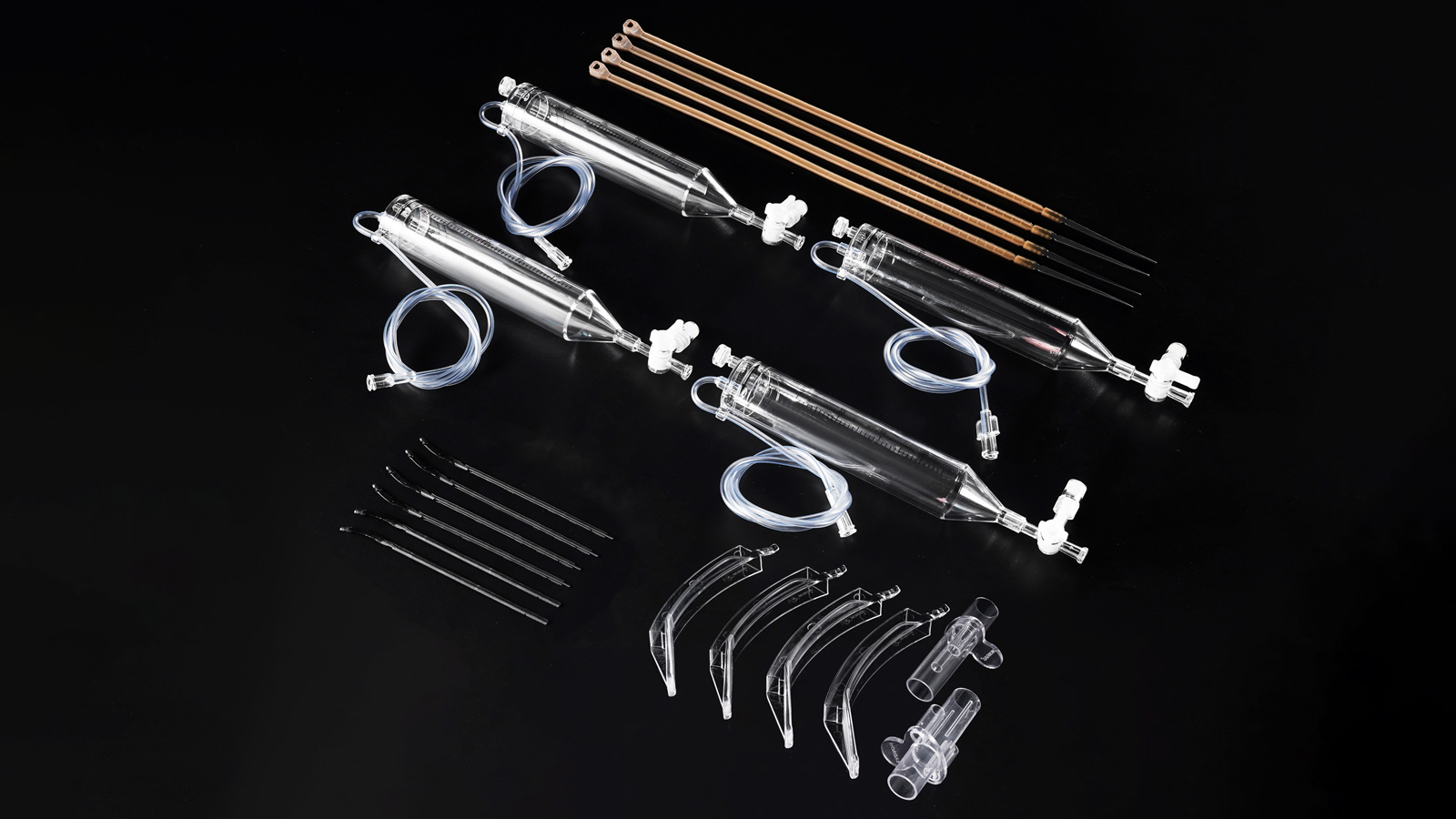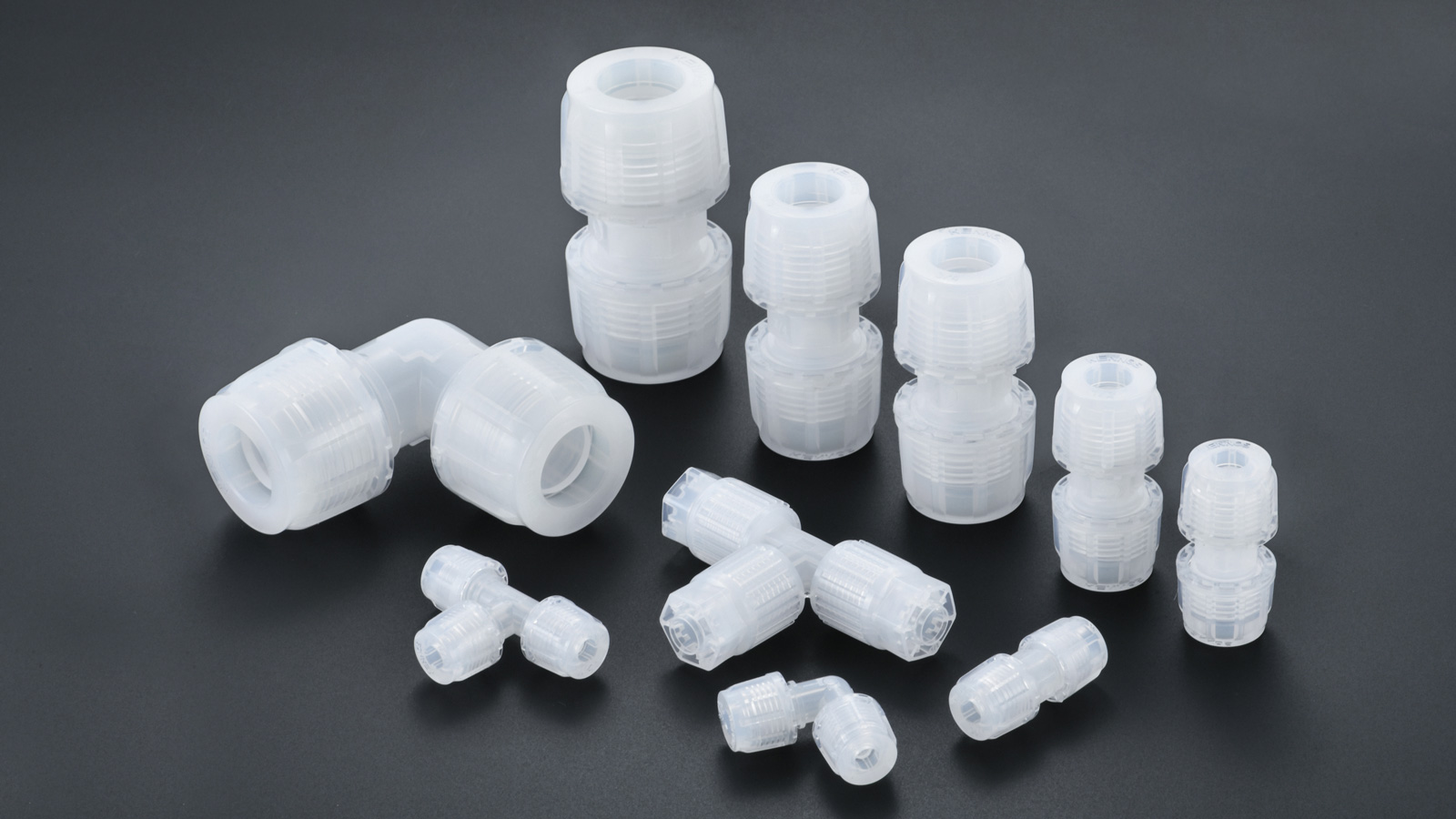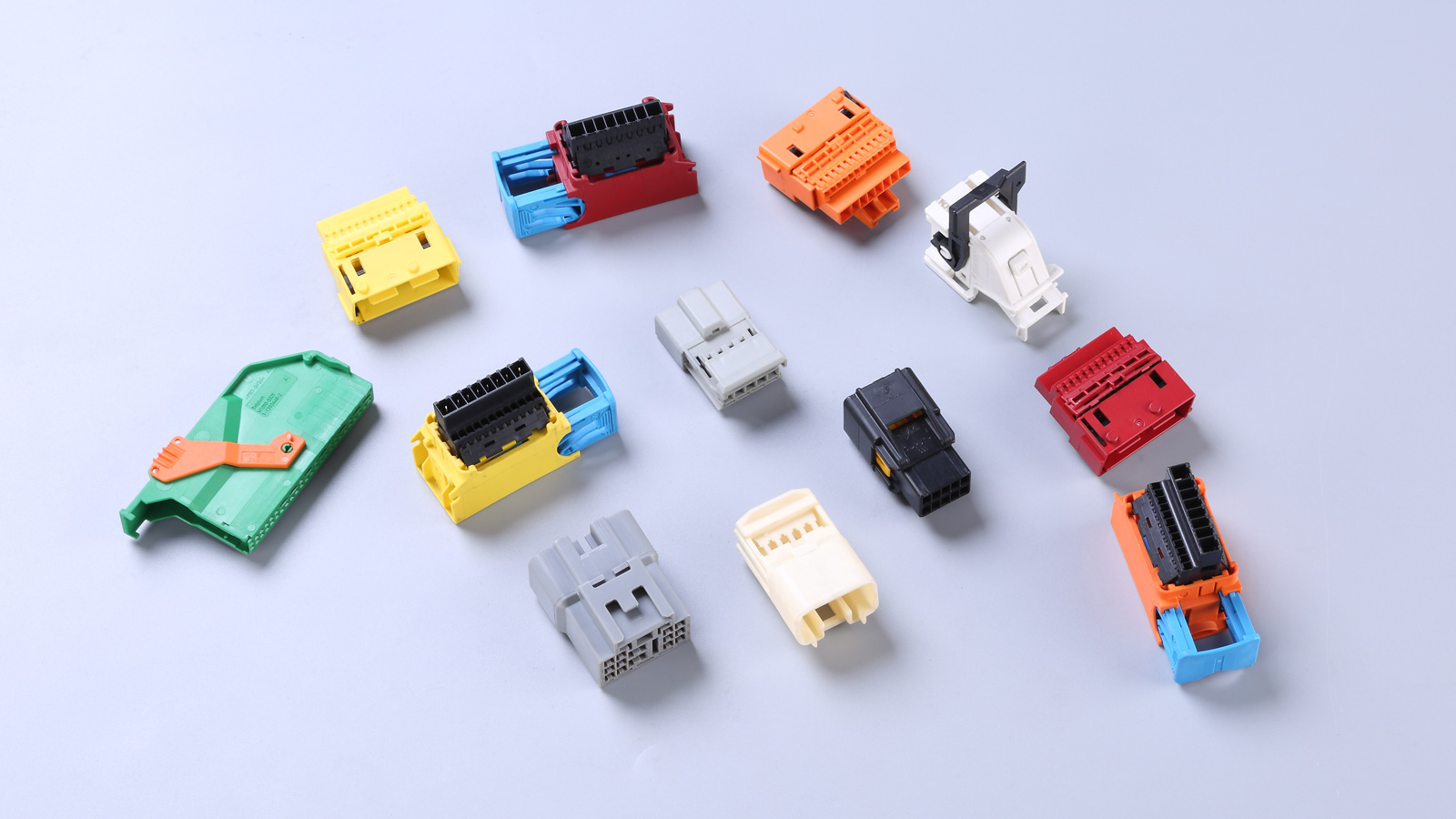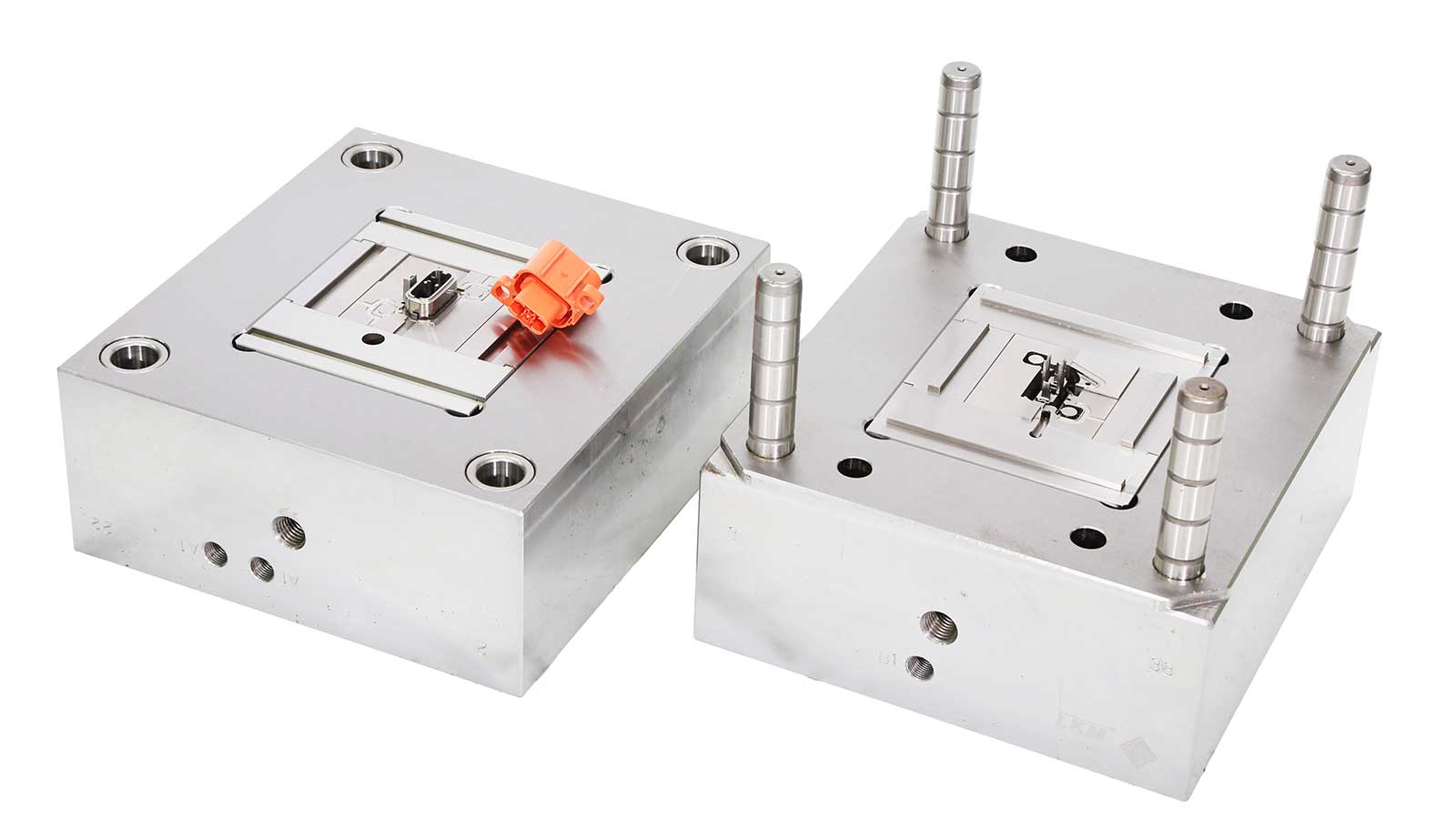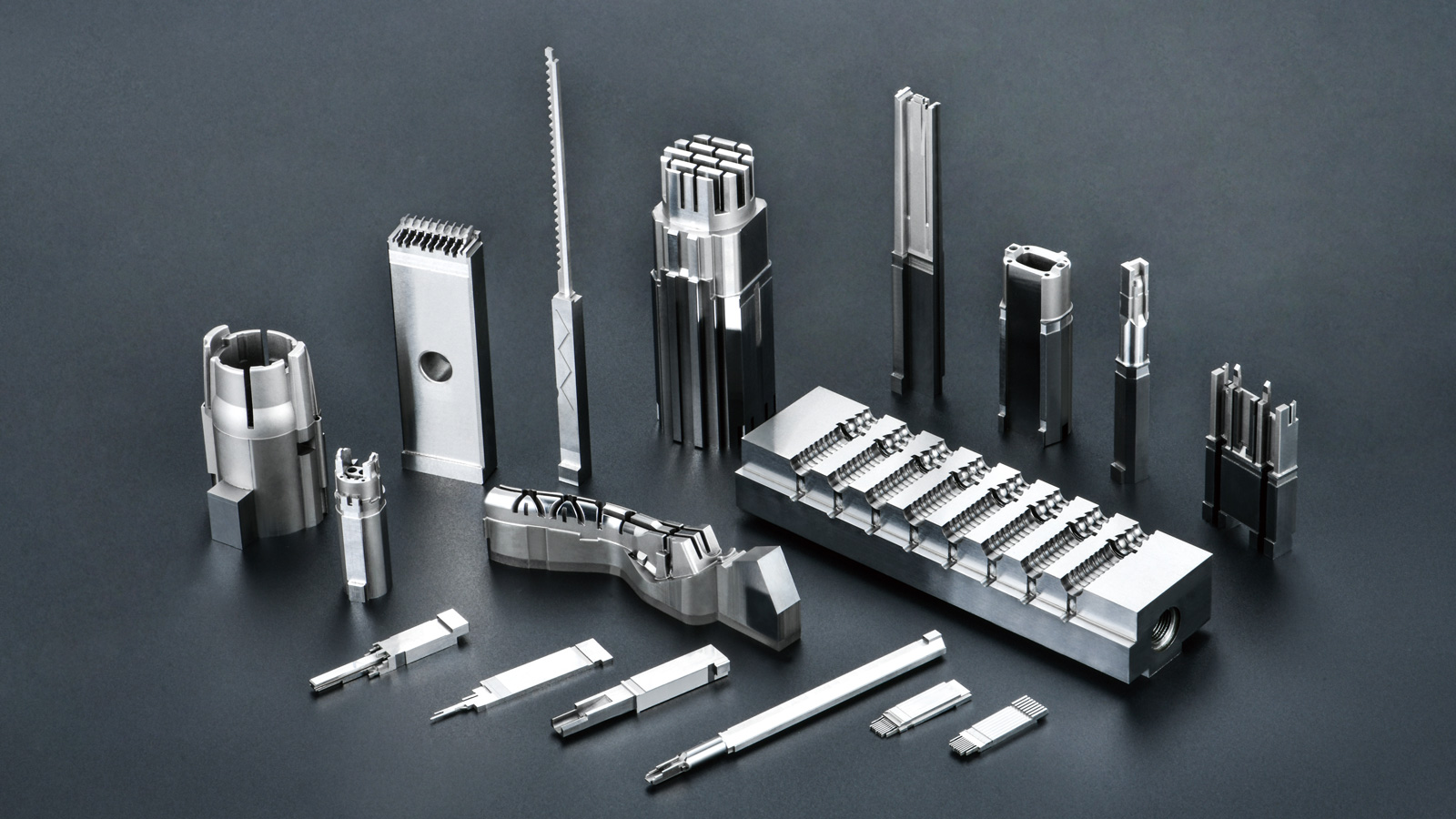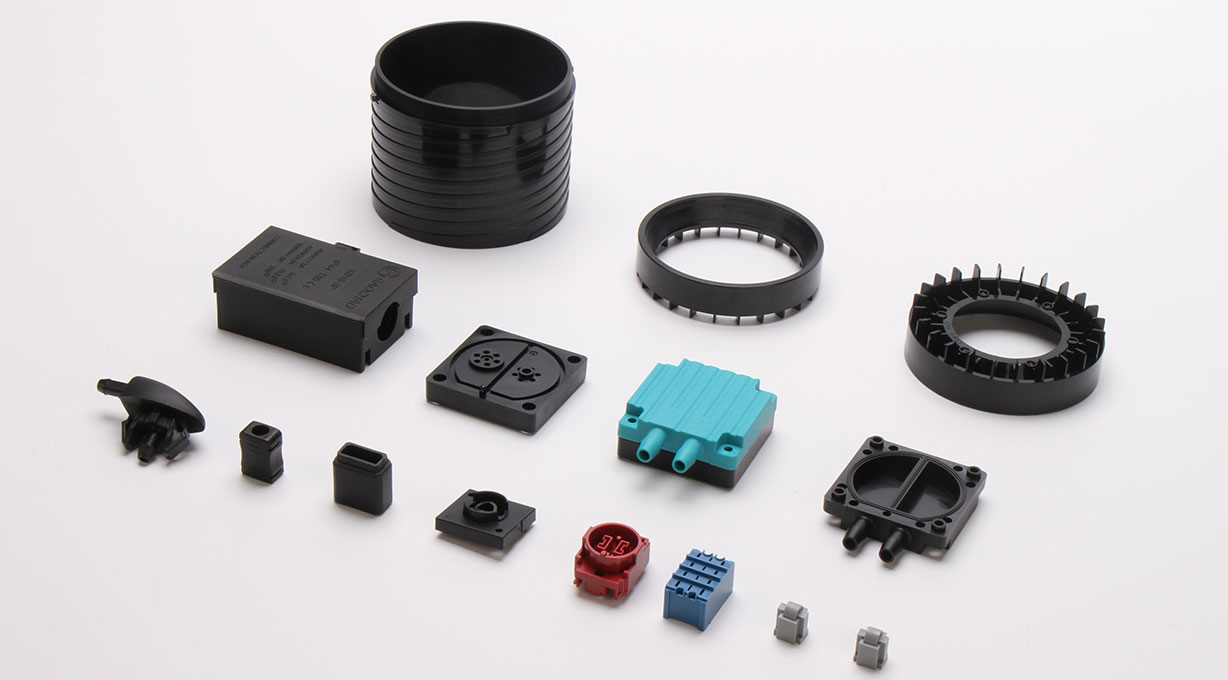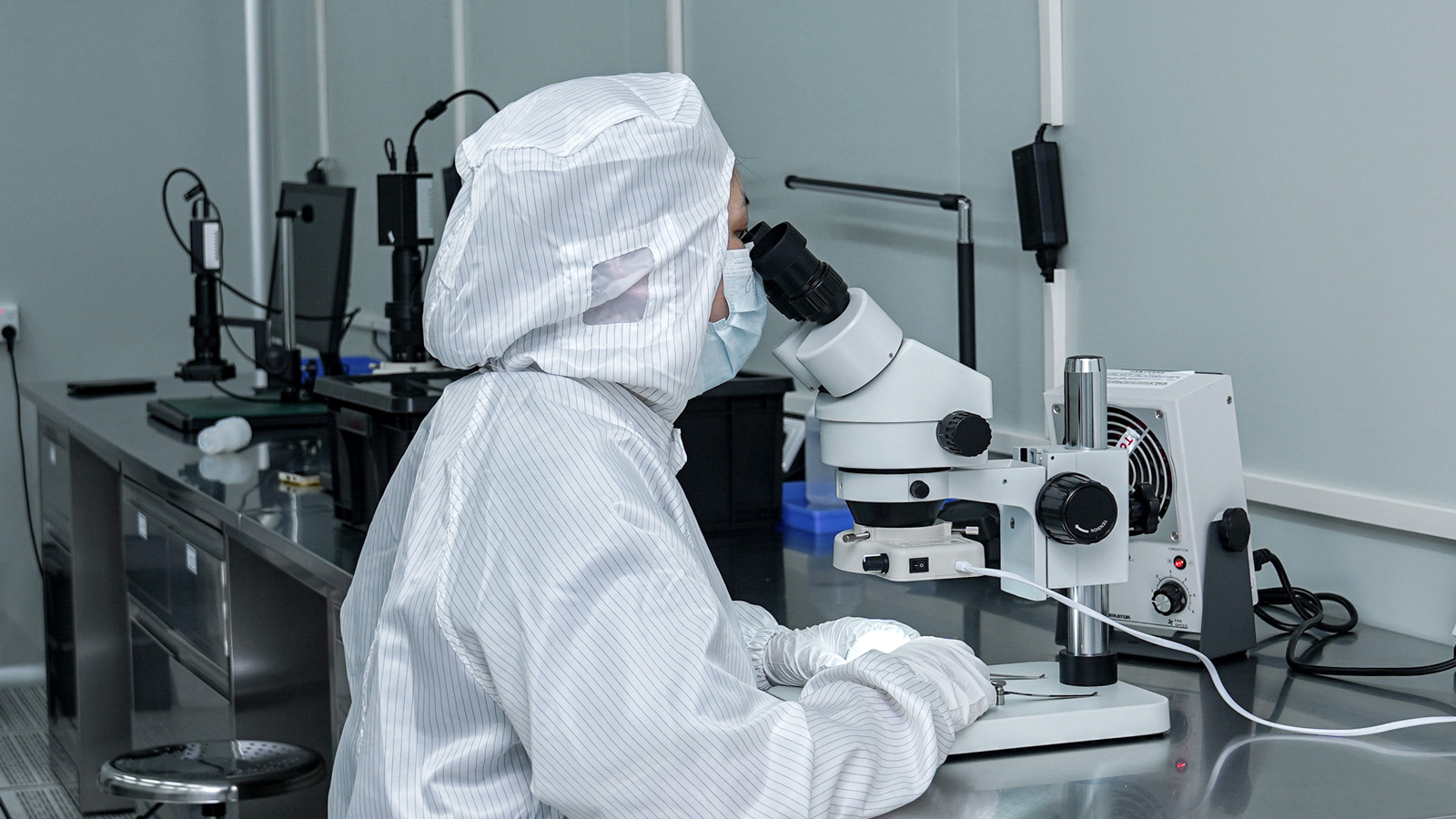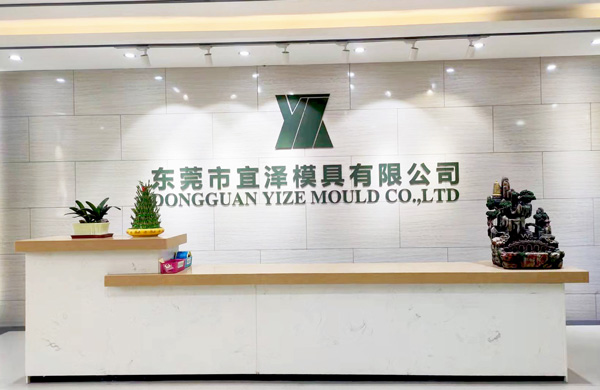In the operation of an injection molding factory, precise control over the injection molding process is of paramount importance, akin to the foundation of a towering building. It is the key determinant of product quality, cost control, and the effectiveness of mold management.
Accurate control of the injection molding process offers multi-dimensional benefits. On one hand, it can significantly enhance process quality, ensuring the production of high-quality products while effectively reducing production costs and strengthening the company’s competitiveness in the market. On the other hand, through in-depth analysis of the molding process, we can gain a comprehensive understanding of the life cycle of injection molds and other related equipment factors, providing a solid basis for mold maintenance, replacement, and the rational allocation of equipment.
To achieve precise control over the injection molding process, recording detailed data throughout the entire process is the top priority. These data are like the “codes” of the production process, covering several key aspects: injection pressure, which directly affects the filling of the melt in the mold; melt temperature, as excessively high or low temperatures can adversely impact the physical properties of the product; mold temperature, which is related to the cooling rate and crystallinity of the product; air temperature, having a subtle effect on the fluidity and molding quality of the melt; screw position, precisely controlling the delivery and metering of materials; filling time, determining the speed at which the melt fills the mold cavity; packing time, influencing the dimensional stability and internal stress of the product; and cooling time, concerning the demolding performance and production efficiency of the product.
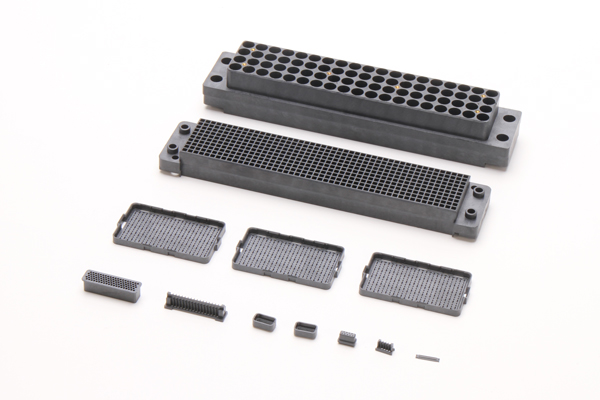
In addition to the above process parameters, it is also necessary to record information related to production management and quality control. For example, troubleshooting recurring part quality or production issues by analyzing data to identify the root causes and taking targeted measures to resolve them; identifying and correcting inefficient procedures, optimizing the production process, and improving overall production efficiency; monitoring mold performance and life cycle, promptly detecting signs of mold wear and aging, and arranging maintenance or replacement in advance to avoid production interruptions caused by mold failures; and conducting more proactive quality control by predicting potential quality issues based on data trends and taking preventive measures in advance to ensure consistent product quality.
Real-time analysis of the recorded data during the injection molding process is a crucial step. Through in-depth data mining and dynamic monitoring, we can promptly detect abnormal fluctuations in the production process and make rapid optimization adjustments. For instance, if an abnormal increase in injection pressure is detected, it may indicate a blockage in the screw or mold, and timely cleaning can restore normal production. If the melt temperature remains consistently low, the parameters of the heating device can be adjusted to ensure the melt reaches the appropriate processing temperature. By adopting this approach of real-time analysis and dynamic adjustment, we can continuously optimize the injection molding process, ultimately achieving the goals of improving process quality, producing high-quality products, and reducing production costs, laying a solid foundation for the stable development of the injection molding factory.
